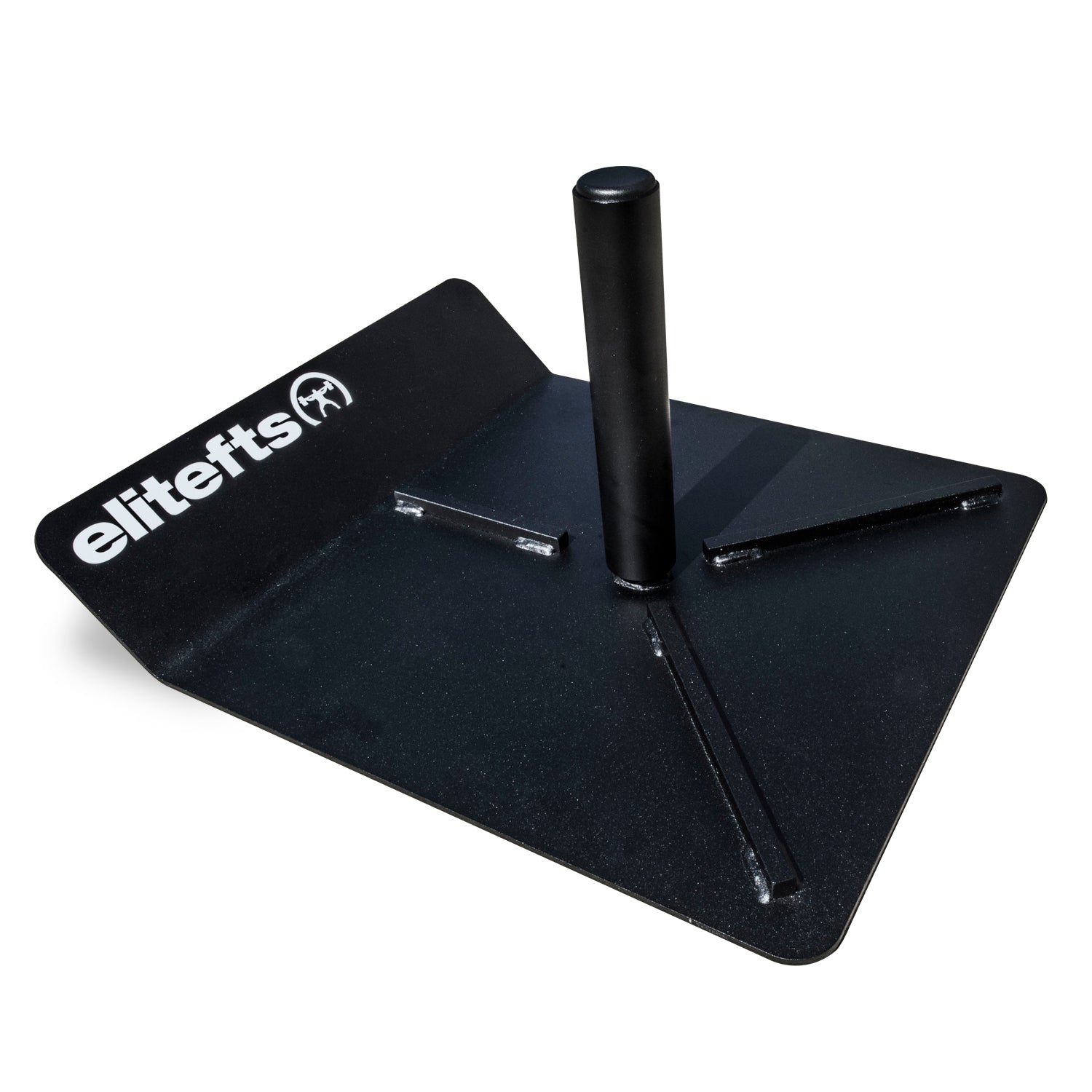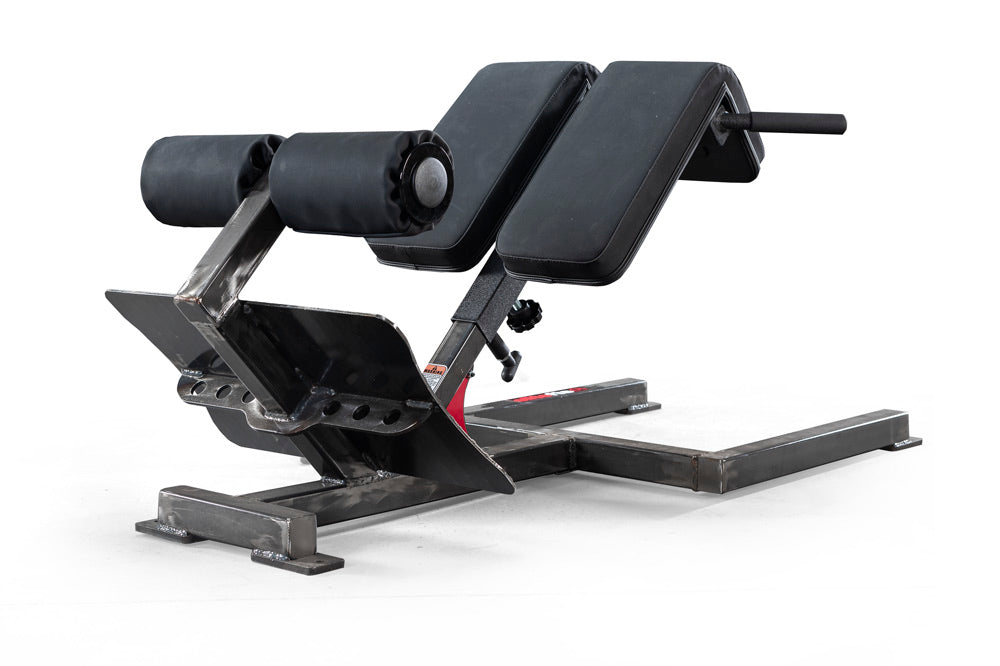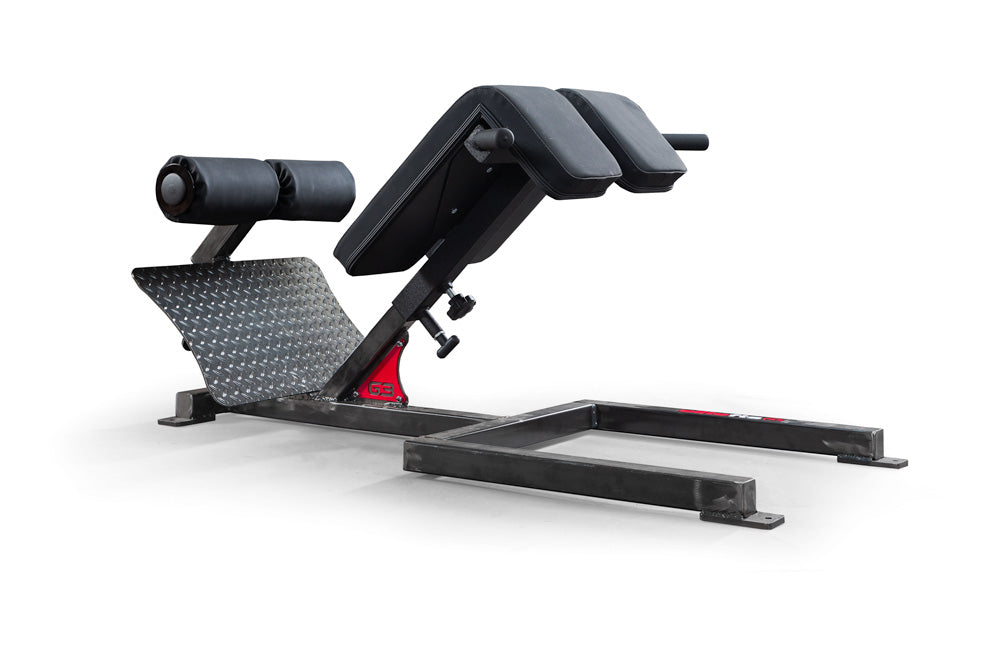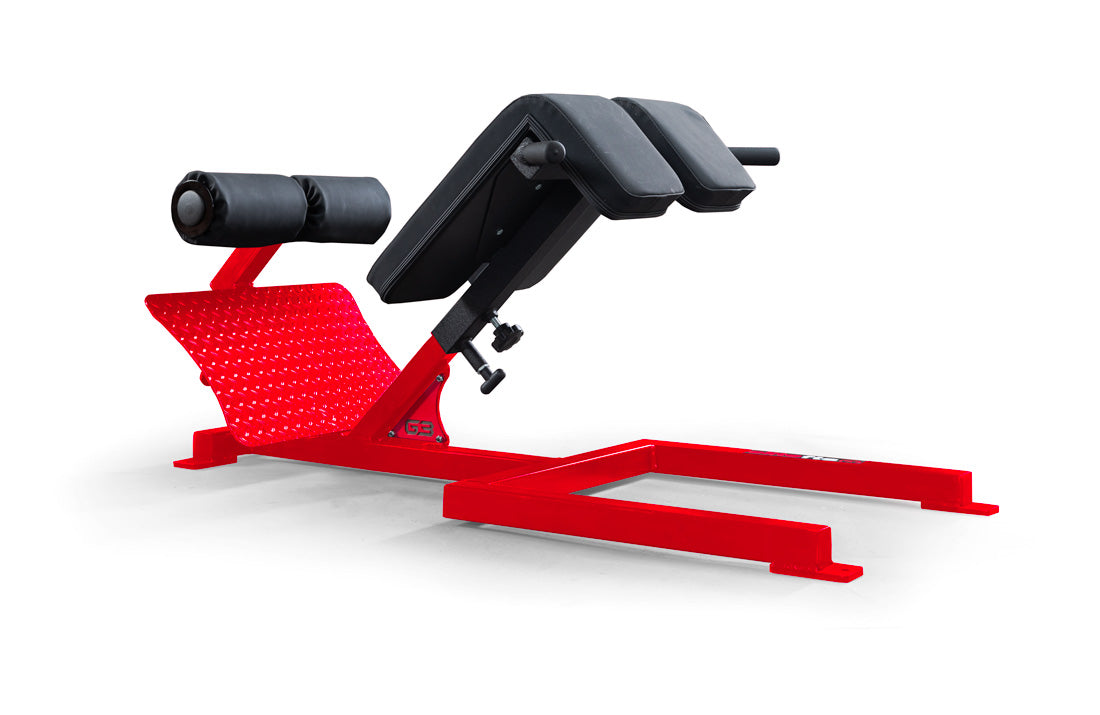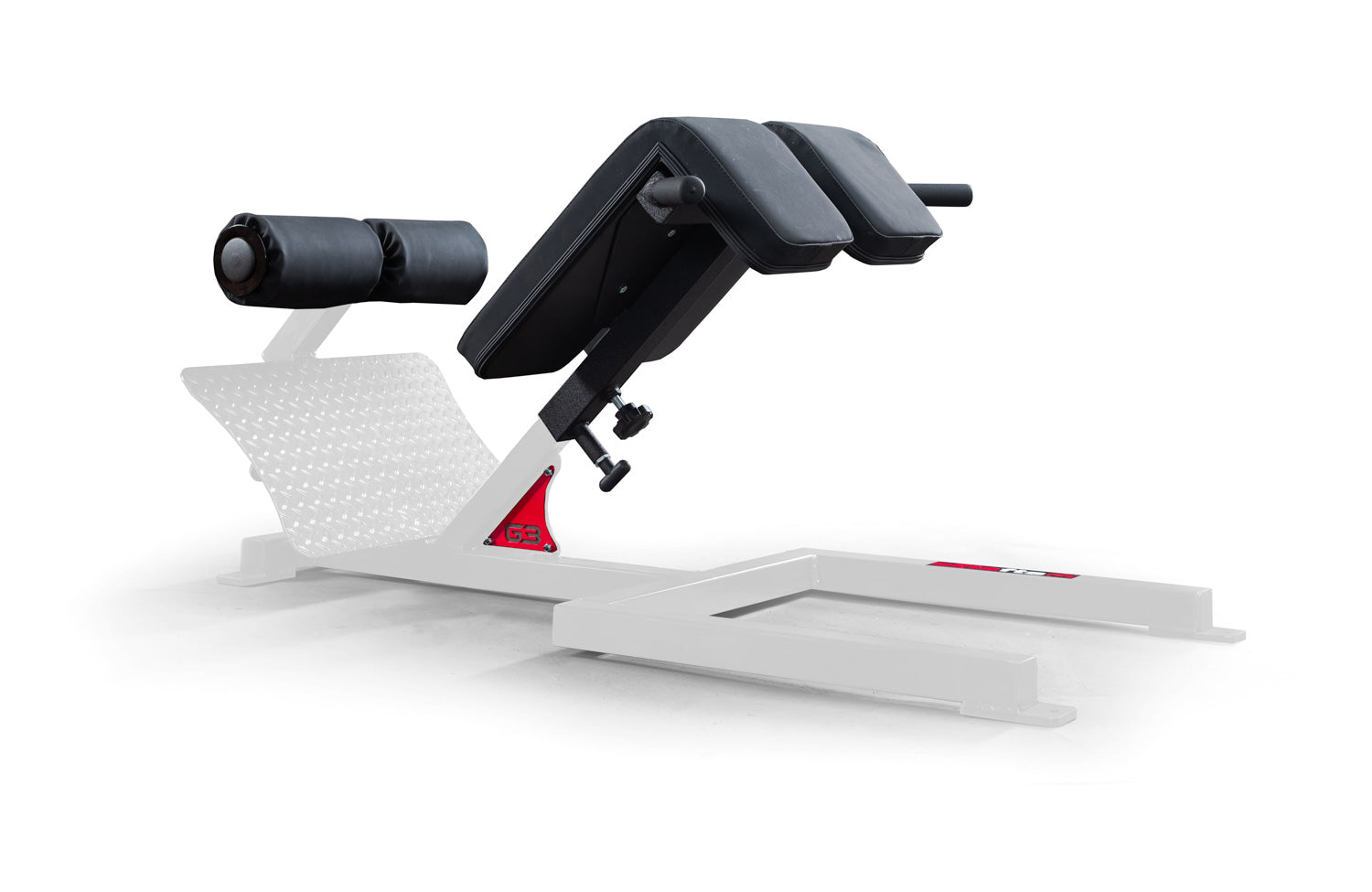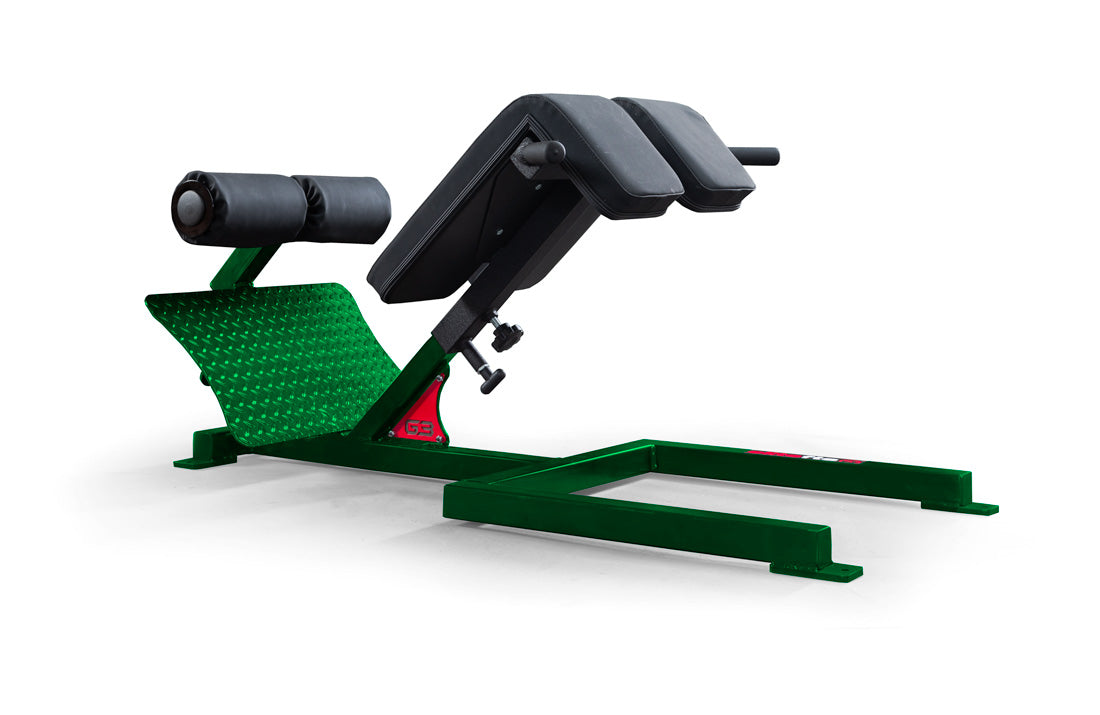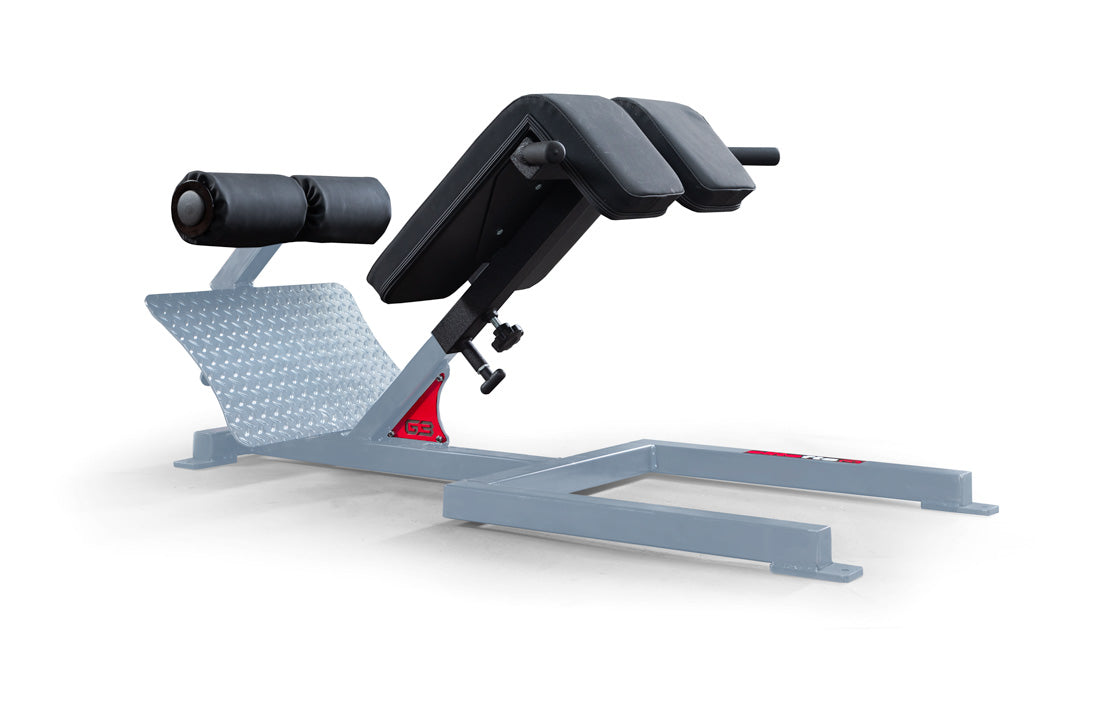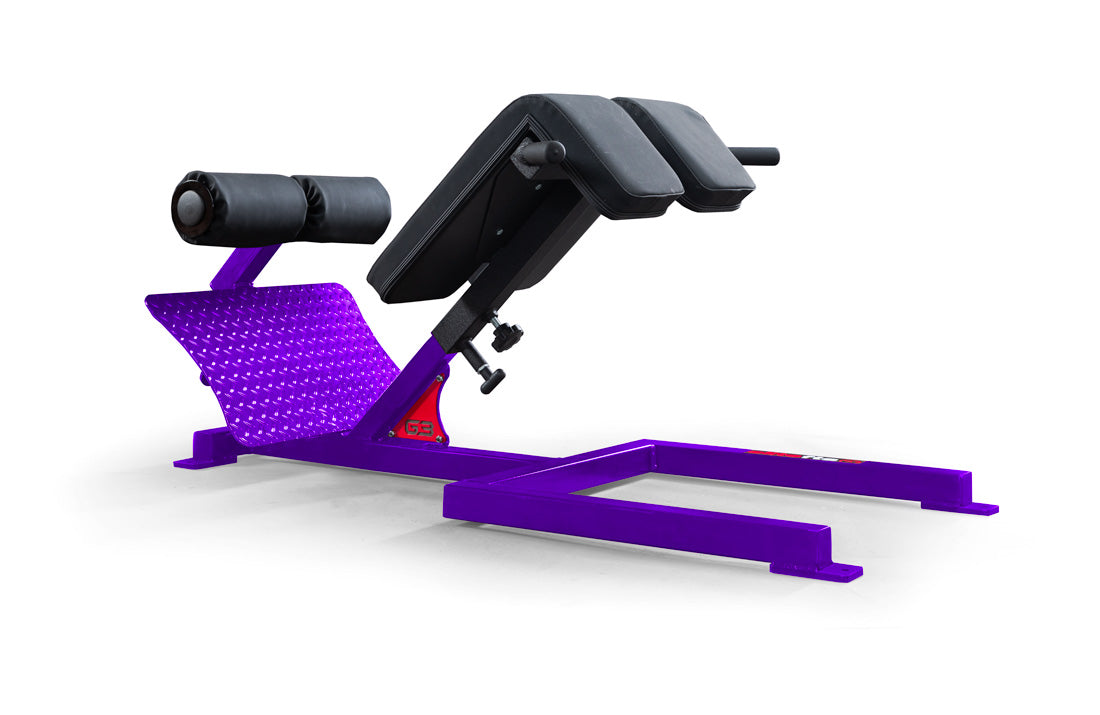Here is a quick article I wrote for Success in Soccer magazine that I never submitted. I never thought I would ever have the dilemma I had several times at Wet Point and at Denison. There were several teams I worked with that would not allow their athletes to come to the weightroom because of "lack of time". We eventually got these teams to come around, but there were some transitional periods that I need to trek as much equipment as I could to the field or on the court. Sometimes this was once a week and sometime it was for all training sessions. Regardless, I changed my attitude about it. My thoughts: "At least they are training." Anyway, this was specific to soccer in theory, but the circuits were general. Staying Strong In-Season Optimizing In-Season Strength Training with Limited Time and Resources Strength Training is one of the most important aspects of overall conditioning for soccer players. Two of the main goals for implementing a strength training program for soccer is to enhance the athletic performance of the athlete and reduce the injury potential for those athletes. Strength training is vitally important for success on the soccer field. Soccer is a unique sport in the fact it requires several different and almost contradictory fitness qualities to be successful. Speed, Agility, Anaerobic and Aerobic conditioning are some (but not all) of the most important qualities of a successful soccer player. In reference to agility in particular; the ability to stop and explosively accelerate in a minimal amount of time is directly related to change of direction mechanics and relative bodyweight strength. When a player is changing direction, the force on one leg can be up to 4-6 times the player’s bodyweight. For this reason, it is naive to assume that strength is not an important quality for a successful soccer player. In-Season strength training is often neglected due to a lack of time and resources. More accurately, coaches often make this decision based on time and logistical constraints. Coaches often will not want to sacrifice valuable practice time to incorporate strength training. Secondly There are some obstacles that arise when attempting to employ strength training exercises during the season. If a team does not have access to a strength training facility, it is important to know that strength training does not have to equate to resistance training. There are a variety of exercises with bodyweight only resistance Bodyweight and Manual Resistance Training are excellent methods to increase relative strength, correct muscular imbalances, and increase general work capacity. Bodyweight and Manual Resistance exercises are extremely easy to include into an In-Season training program due to the minimal amount of equipment and time needed to make the training work. One problem with bodyweight training is the difficulty or utilizing progressive overload with the training. It is vitally important that athletes progress throughout the training plan. Unfortunately, some coaches and trainers associate progressive overload with increasing the resistance load. This is not the only way to increase the difficulty of an exercise and is not an option with bodyweight only training. Unilateral Quad Dominant Movement The basic squat is probably the most functional and valuable exercise and athlete can perform. It requires a tremendous amount of functional flexibility, balance, and relative strength. Upper Body Exercises for Soccer Anytime a coach or athlete argues about the importance of upper body training in a sport you can;t use your arms; ask them to run, kick a ball, and play defense without their arms. Being "knocked off the ball" consistently is one of the easiest ways to start sitting the bench. Equipment Needed – Bench and Towels Torso Exercises Flexion - Ab Rockers Anti-Extension - Fall-outs on bench Anti-Rotation - Manual Pallof Stabilization – Abdominal Plank Lower Body Exercises Single Leg Push Level 1 – Bulgarian Split Squat Level 2 – Prisoner Side Step-up Level 3 – Single Leg Box Squat Level 4 – Pistol Squat Single Leg Pull Level 1 – Bird Dog Level 2 – Single Leg RDL Level 3 – Double Leg Glute-Bridge Level 4 – Single Leg Glute-Ham Bridge Upper Body Exercise Horizontal Push Level 1 – Push-Up with Hands on Bench Level 2 – Push-Up on Ground Level 3 – Push-Up with Feet on Bench Level 4 – Plyometric Push-Up with Hands on Bench Level 5 – Plyometric Push-Up on Ground Level 6 – Plyometric Push-Up with Feet on Bench Horizontal Pull (w/ Towel) Level 1 – Partner Standing Rows Level 2 – Partner Kneeling Straight Arm Pull-Downs with Standing Upright Rows Level 3 – Partner Standing Face Pulls Upper Arm/ Shoulder Partner Lateral Raise Partner Tricep Push-Down/ Curls
SATURDAY Complex Training Circuit So, I am a big fan of complex training. namely because it saves time and increases exercise density. There has been some recent articles about French contrast training which has some more specific protocols. I first heard about these from Cal Dietz which he got from Gilles Cometti. Thus the word "French" contrast training. It's like saying American Football to describe the NFL. Anyway it is post-activation potentiation. If you are interested, check out Cal's interview here: http://articles.elitefts.com/training-articles/the-triphasic-podcast-with-cal-dietz/ Of Kevin Argauer's interview here: http://articles.elitefts.com/training-articles/three-questions-for-coach-kevin-argauer/ Bottom line is performing explosive type movements after a heavy movement can increase power. So here's what I did. Keep in mind there was nothing explosvie about any of this. COMPLEX 3 circuits, no rest b/t exercises; 3 min b/t circuits
Fat Bar Paused Bench Press 225 x3 Lightened Plyo Push-Ups w/ Bands Heavy at waist level x3 Neutal Grip Pull-Ups Grip 1 x3 Med Ball Floor Slams 15lbs x3 Hand Stand Push-Ups x3 Barbell Hang Snatch 105lbs x3 BTN Push Press 105 x3 Sprints buld-ups 10s x2 30s x 2 Dumbbell Circuit 20s lateral raises x15 Standing curls x15 lying tricep ext x15





































